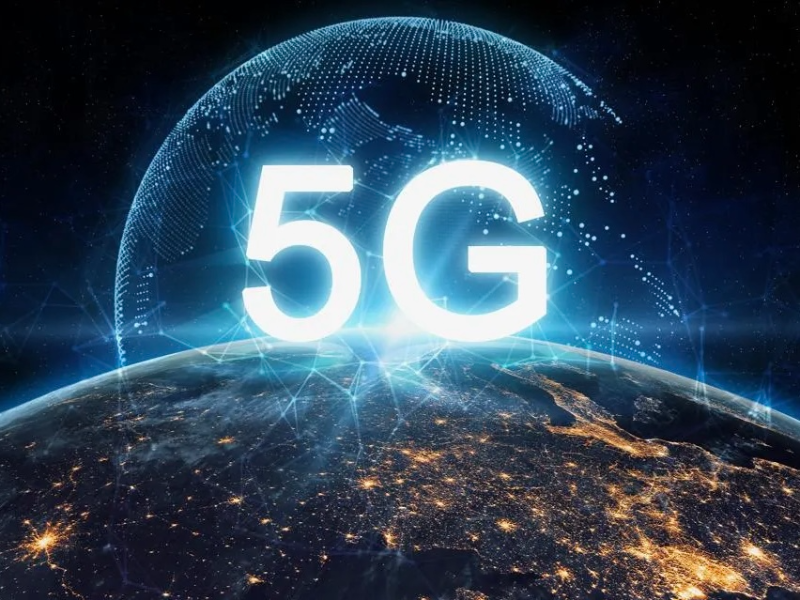- The transition to 5G technology faces challenges in infrastructure upgrades, spectrum allocation, and security.
- Deploying 5G requires extensive infrastructure updates, collaboration among stakeholders, and innovative solutions to minimise costs.
- Spectrum allocation complexity requires regulators to balance diverse stakeholder needs, while security concerns demand robust measures to safeguard against cyber threats, necessitating collaboration and standardised protocols among industry stakeholders.
Promising lightning-fast data speeds, ultra-low latency, and unparalleled connectivity, 5G has the potential to transform industries, revolutionise communication, and redefine the way we interact with technology. However, as with any monumental shift, the transition to 5G is not without its challenges. In this blog post, we’ll explore five key challenges facing the widespread adoption of 5G technology and discuss possible solutions to overcome them.
Infrastructure upgrades
One of the most significant challenges in rolling out 5G networks is the need for extensive infrastructure upgrades. Unlike previous generations of wireless technology, 5G requires a dense network of small cells due to its reliance on higher-frequency radio waves. This necessitates the installation of a vast number of base stations, antennas, and fiber-optic cables, which can be costly and time-consuming.
Solution
Collaboration between governments, telecom companies, and infrastructure providers is crucial to accelerate the deployment of 5G infrastructure. Governments can streamline permitting processes and offer incentives to encourage investment in 5G networks. Telecom companies can explore innovative solutions such as network sharing and leveraging existing infrastructure to reduce deployment costs.
Spectrum allocation
Another challenge facing the implementation of 5G is spectrum allocation. 5G networks require access to a wide range of radio frequencies, including both low-band, mid-band, and high-band spectrum. However, the availability of suitable spectrum varies from region to region, and the allocation process can be complex and contentious.
Solution
Regulators need to allocate sufficient spectrum for 5G deployment while balancing the needs of different stakeholders, including government agencies, commercial users, and the general public. Dynamic spectrum sharing technologies can also help optimise spectrum utilisation and maximise efficiency.
Also read: Edotco’s expansion in Sri Lanka’s 5G-ready pole market
Security concerns
As 5G networks become more pervasive, they also become a prime target for cyberattacks. The increased complexity and interconnectedness of 5G infrastructure pose new security risks, including potential vulnerabilities in network equipment and the proliferation of IoT devices.
Solution
Implementing robust cybersecurity measures is essential to safeguard 5G networks against threats. This includes deploying encryption protocols, authentication mechanisms, and intrusion detection systems to protect sensitive data and prevent unauthorised access. Collaboration between industry stakeholders and cybersecurity experts can help develop standardised security protocols and best practices for 5G deployment.
Interoperability and standards
The rapid evolution of 5G technology has led to a fragmented landscape of proprietary solutions and competing standards. This lack of interoperability can hinder the seamless integration of 5G networks and devices, limiting their potential for innovation and scalability.
Solution
Industry consortia and standards bodies play a crucial role in developing interoperable standards for 5G technology. By establishing common protocols and interfaces, such as 3GPP standards, stakeholders can ensure compatibility between different components of the 5G ecosystem. Open-source initiatives and collaborative development efforts can also promote interoperability and drive innovation in 5G technology.
Also read: Why is 5G needed for autonomous vehicles?
Regulatory and environmental concerns
The deployment of 5G infrastructure has raised concerns about potential health risks and environmental impact, particularly regarding the proliferation of electromagnetic radiation and the visual impact of small cell installations.
Solution
Addressing these concerns requires transparency, education, and proactive engagement with stakeholders. Telecom companies and regulatory authorities can provide accurate information about the safety of 5G technology based on scientific research and regulatory guidelines. Additionally, deploying 5G infrastructure in an environmentally responsible manner, such as using energy-efficient equipment and minimising visual impact, can help mitigate environmental concerns.

